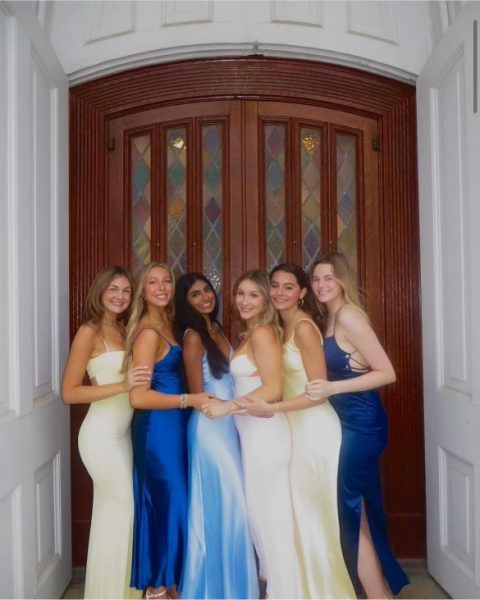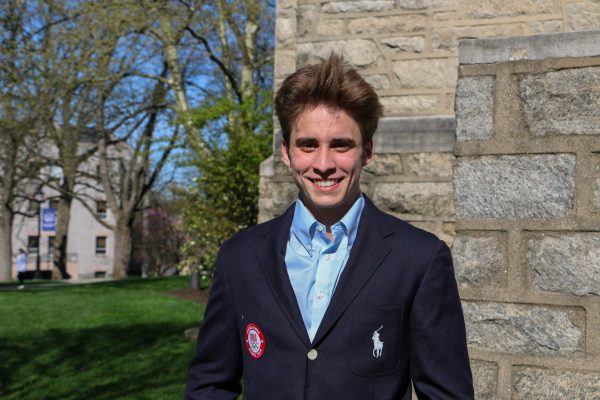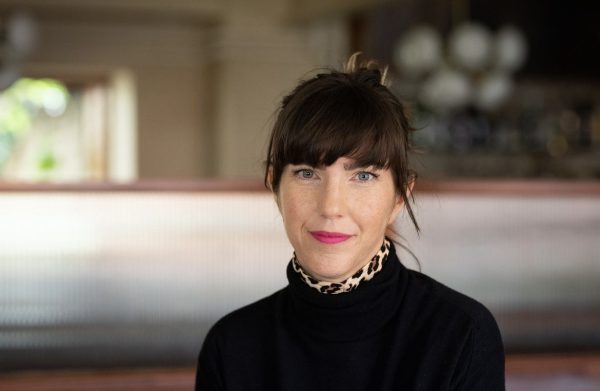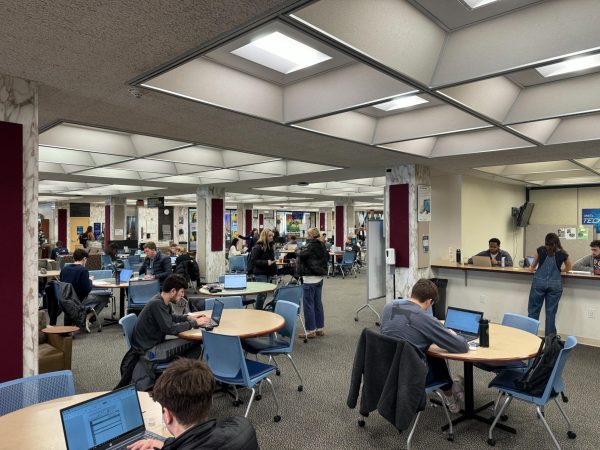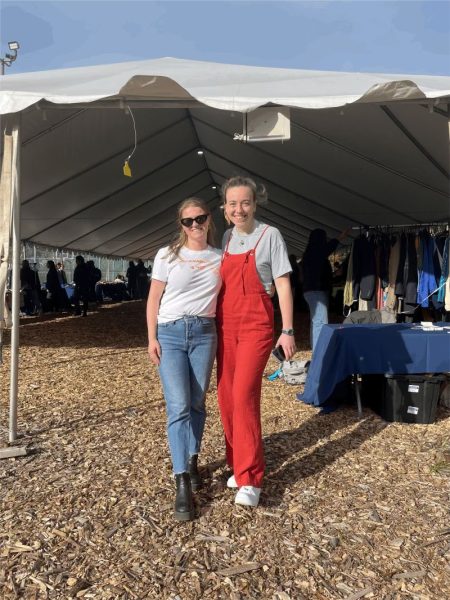CAVE brings students and researchers outside campus bubble
October 2, 2014
In today’s era of entertainment, CGI is one of the most commonly used forms of creating alternate worlds and developing images. Within movies or video games, we have all seen the pictures of a basketball player dressed in a skin-tight body suit covered in tiny receptors that track the player’s every move and record it so that the animated characters can recreate the real life player’s movement.
This type of technology has always appeared to belong only to the movie business or creators of video games. Now, however, that technology is right in the middle of the University’s the campus, at Falvey Memorial Library in Villanova’s CAVE, or Cave Automatic Virtual Environment, opening today at 2:30.
This essentially means that there is a series of rear projectors set up to create, in a sense, a cave where a user can stand and interact with this high-tech virtual environment.
Villanova’s CAVE is, as Frank Klassner puts it, a C-4.5 type of CAVE. This means that the CAVE has four screens that can be illuminated at any given time by those rear projectors to create the Virtual Environment. There are three side walls, and either a ceiling or a floor panel that can also be lit up as a part of this created world.
A user can then enter the CAVE wearing motion-sensitive 3D glasses and holding a motion-sensitive joystick that can actually let a person walk around and rearrange a fully furnished apartment or explore a model of an Italian piazza.
Villanova’s CAVE was funded completely by a grant awarded by the National Science Foundation worth $1.67 million as a part of its Development Major Research Instrumentation Program. This program helps create new types of equipment with which universities can research.
According to Klassner, “NSF is keen to be able to say ‘Look, we’re not just advancing research, we’re also advancing the means by which we
can do research.’”
Villanova’s CAVE proposal was one of around 300-400 sent to the proposal of the Development MRI. The grant was awarded because of the
unique composition of the proposal.
“What stood out, as far as NSF was concerned, about our proposal, was that it was a piece of equipment, the CAVE, that was going to be
combined with an immersive video camera,” adds Klassner.
The immersive video camera Klassner speaks of has five horizontal cameras that can record 360 degrees horizontally and 240 degrees
vertically to record video and apply it to virtual environments.
Although Villanova’s CAVE has been largely created by Computer Sciences and Engineering Departments, it is located in the library for a reason, says Darren Poley, interim director of Falvey Memorial Library.
“A lot of times, CAVEs are really hidden away on university campuses in a research lab or in one particular department,” Poley says. “By putting it in the library, we are trying to say that this is available for teaching and for research for the entire campus.”
The makers of Villanova’s CAVE believe that eventually it can become a tool for research and studying that the entire campus can make use of. “I’ve got colleagues across this campus who are interested in psychology studies, focus of attention studies,” Klassner says. “I’ve got faculty who are interested in remote monitoring of environments for flood plains for developing better models of global warming.”
Klassner also believes that one of the greatest assets of the CAVE is its ability to take this enclosed environment in Old Falvey and connect it to the wider world.
“I expect our CAVE to serve Villanova, both as a research tool and as a teaching tool for interdisciplinary studies, so that students can see material in a more compelling way in their studies, so that researchers and their student assistants can develop more impressive models that can be visualized in 3D of their problems, develop and use more realistic representations of the world in their studies, and also use it as a way to collaborate with researchers and educators around the world,” Klassner adds.
As a college community, it is easy to only see things within the bubble of the University campus. With the unveiling of the CAVE, students and faculty will now have the ability to be completely immersed in the world outside it.





